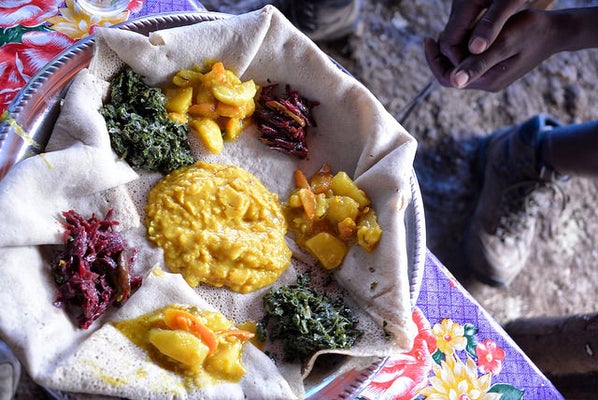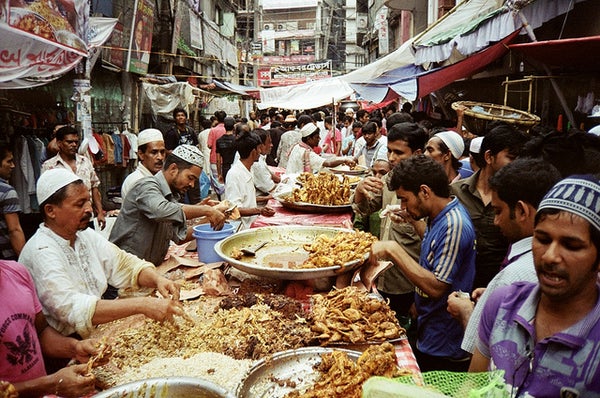This article was published in Scientific American’s former blog network and reflects the views of the author, not necessarily those of Scientific American
The global food crisis of 2007-2011 contributed to riots, revolutions, and rebellions worldwide. In addition to its political implications, the food price volatility may have also led to significant dietary and cultural shifts. A recent report by the Institute of Development Studies and Oxfam examines the daily lives of people affected by the crisis, how they adapted to cope, and the lasting impact it has had on their daily lives.
From 2012-2015, researchers followed individuals and families in 23 communities in ten developing countries throughout sub-Saharan Africa, Latin America, and Asia to see in real time how they responded to the rise in food costs. Although all of the countries had issues with food security and nutrition, the researchers selected areas that had variations in the policy market, environment, and how governments reacted to food price volatility. The main finding of the study was that patterns of everyday life changed for people because they needed to earn more money to purchase basic items and extract more value from what they consumed.
Patta Scott-Villiers is a research fellow at the Institute of Development Studies who co-authored the study. She explains, “These two responses--to get more cash and squeeze more value--have had this very profound effect on people’s way of life--from what they ate, what they were doing for work, and the kind of ways they ran their families.”
On supporting science journalism
If you're enjoying this article, consider supporting our award-winning journalism by subscribing. By purchasing a subscription you are helping to ensure the future of impactful stories about the discoveries and ideas shaping our world today.
The most immediate response was the increase in workload necessary to cover the higher cost of food. Often times, people took on extra jobs in the informal sector that were temporary and hazardous. People also responded by eating more processed food typically found in Western diets. With less time to cook, they provided options that were more convenient and less expensive. Costs could be cut by using stock cubes as a replacement for the flavor of meat. Throughout Vietnam and Indonesia, it became common to use pasta as a substitute for rice since it cooks faster and uses less fuel.

Children and young people were early adapters to diets containing processed food. In Ethiopia, more young people have been consuming more dabo, a wheat flour bread than injera, the traditional fermented bread made with teff. Credit: Rod Waddington Flickr (CC BY-SA 2.0)
The need to move in order to secure work also influenced diets. Migration was more common among men, contributing to them eating more in bars and restaurants where they could socialize. “You get these differences that are gendered but it is also about these spaces around which they have the possibility of eating and cooking,” Scott-Villiers tells me. Moving from rural to urban areas changed the types of cooking spaces that were available; along with new types of foods, preparation methods were adapted to smaller spaces and different environments.

Being away from their families, having meals that tasted better outside than at home, and sense of community provided by restaurants contributed to men eating in public spaces. Credit: Sudipta Arka Das Flickr (CC BY-SA 2.0)
All of these small changes contributed to larger societal shifts and there were varied reactions and attitudes about the change. Despite the increase in precarious labor, most said they wouldn’t want to return to their lives prior to the food crisis. Some saw the new processed food as a status symbol and really liked its taste; many women also said they enjoyed working outside the home. Still, people worried about what they would do if food prices spiked again, expressed uncertainty about the nutrition and safety of packaged foods, and a sense of loss surrounding their traditional diets.
Throughout their research, Scott-Villiers says, “The word ‘resilient’ came up, as it was exciting as well as really stressful. People were proud of themselves and saw it as their job to look after their families but they also were aware of the limitations of resiliency.” Despite feeling capable, she adds that people also felt more vulnerable and wanted their governments to be more accountable. “They didn’t want handouts at all but wanted government to recognize that people had a right to work well and provide for their families.”